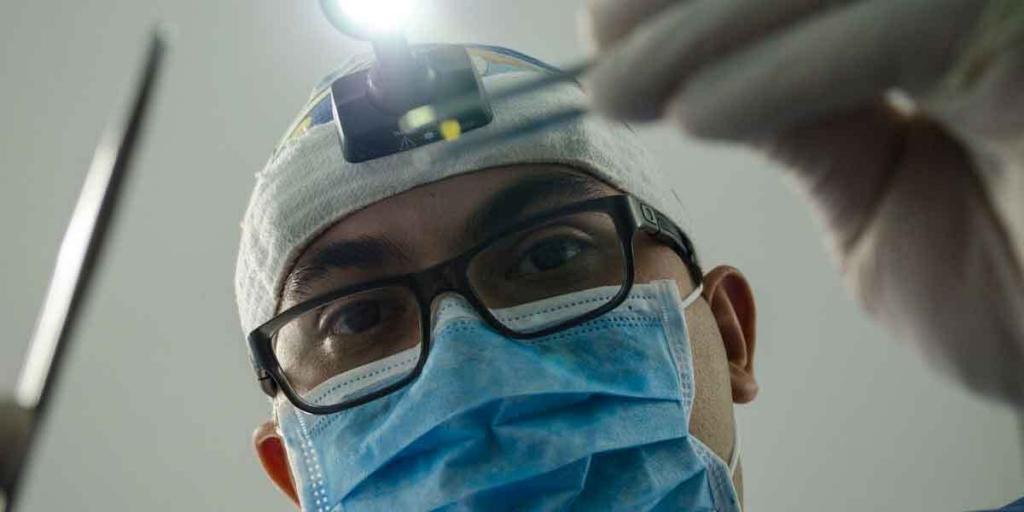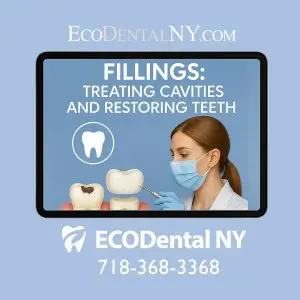After dental extractions or losing teeth via an accident or any other way, the jaw loses its dental structure. This is because your jaw retains its integrity due to the root of the tooth. Normally, the jaw bone grows around this tooth root and makes it maintain its integrity.
When the jaw doesn’t have the root, the jaw loses its strength. This means it shrinks. Bone grafting is all about restoring the integrity of the jaw, making it perfect for implants.
Imagine what happens when the whole jaw doesn’t have any teeth or has lost multiple teeth from the same jaw. The whole jaw will suffer from loss of strength, and the bone disintegrates in the process.
For many people, bone grafting might sound like a new procedure, but it has existed for decades. As we speak, it is being used for many different applications, even for dental processes.
What is a Bone Graft?
This is usually a minimally invasive procedure that makes it possible for you to receive new bone material. The dentist makes an incision in the jaw then adds new bone material to the area. This grafted material stimulates the jaw to create new bone cells around the material, making sure that you get the bone that you need where it is necessary.
Bone is a malleable material, and it can “grow” around the graft, making new cells, and getting rid of the old one. This is the concept behind the use of the graft in dental procedures.
Who needs a Dental Bone Graft?
There are various reasons why you might need a bone graft. Let us look at the two top reasons why you need one:
After Dental Extraction
This is the most common reason to go for a dental bone graft. When you have your teeth extracted, they leave empty sockets behind. These sockets are the gaps that make the bone shrink.
The bone grafts used in this instance are called “socket grafts” because the material is placed in the empty socket that is left by the lost tooth.
The jawbone is made in such a way that it has to be stimulated by the teeth for it to maintain its integrity. If there are no teeth to do this, then the jawbone is resorbed.
Bone resorption normally takes place between 3 and 6 months of removing the teeth. The horizontal aspect of the teeth will disappear faster compared to the width.
However, you need to know that not all sockets with teeth before need to have grafts performed. Many of them do, which is why you need to talk to a dentist to determine this.
Bone Grafts before Implants are Fitted
Another reason to go for dental grafts is when you want to have dental implants fitted. When you need to have implants fitted, you need to have proper bone density. Here are the reasons why you might not have the right bone density:
- Genetic defects.
- The consequences of untreated gum disease.
- Physical injury to the jaw due to accidents falls, and more.
- Loss of bone mass due to tooth extraction or tooth loss.
- Use of removable dentures for many years that have worn down the bone.
Whatever the cause of bone deterioration, if the bone isn’t sufficient to support the root of the implant, then you need to undergo bone grafting before the implant gets installed. The grafting procedure takes time, and it might take between 3 and 6 months for the graft to heal properly and integrate with the natural bone.
Types of Dental Bone Grafting
There are a few types of grafts that can be used to help improve bone density. These include:
Block Bone Graft
The dentist takes bone material from the back of the jawbone, near the wisdom teeth. This is usually ideal when you have experienced serious bone loss that needs to be handled.
Socket Graft
We have talked about this previously. The graft is placed immediately; the tooth gets extracted. This helps prevent loss of bone material that is associated with loss of adult teeth.
Sinus Lift
This is ideal if you have lost molars in the upper row of teeth. It helps restore the sinus back to normal.
Final Thought
Bone grafts can take time, and this needs you to choose a dentist that understands what you need and goes ahead to provide the graft. Call us today to begin grafting!




